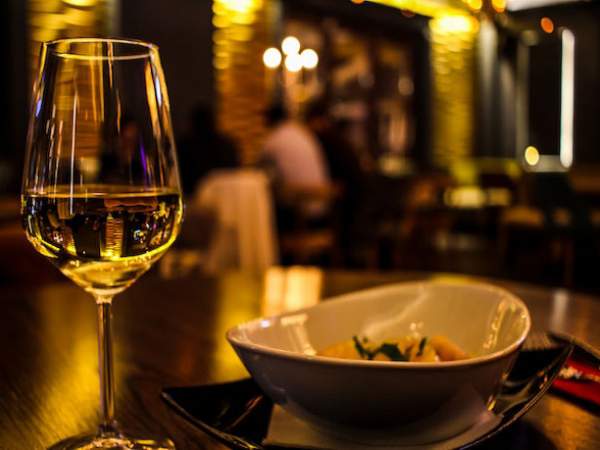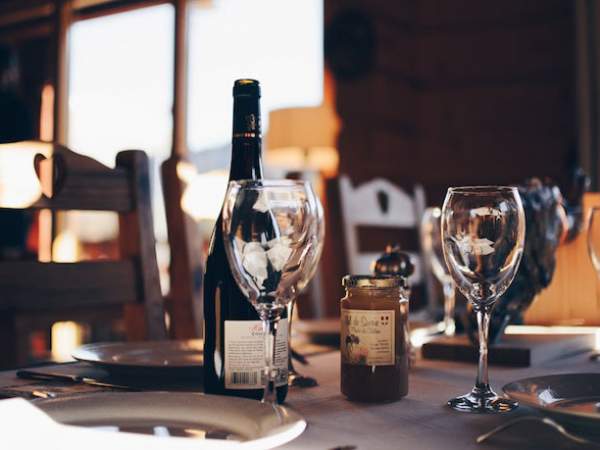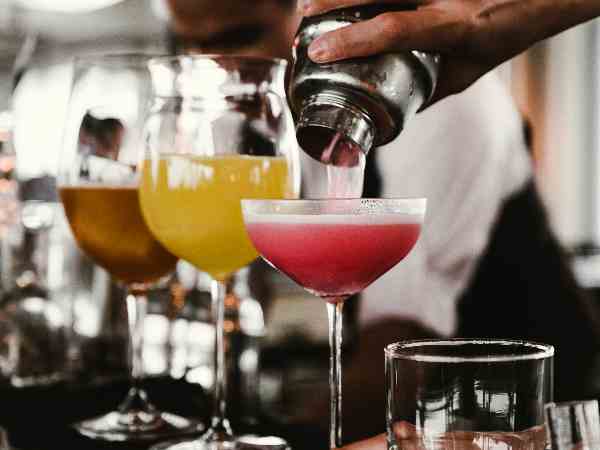News
What do restaurants consider when crafting a wine list?
Wednesday, October 5th, 2022There are so many wines available around the world, and a lot of time and effort goes into meticulously creating a distinctive wine list that caters to the needs of all customers.
The size of the restaurant
When it comes to determining how extensive the restaurant’s wine list should be, Jennifer Hugé, sommelier and manager at FYN Restaurant, says that often the larger the restaurant, the smaller the variety on the wine list. Generally speaking larger and more commercial restaurants stick to a leaner wine list and usually offer more commercial wines that are easier to buy and sell in bulk.
“As with all aspects of a restaurant, careful thought should always be given to how the wine list affects your overall image. A small, well-curated menu calls for a small, considered wine list. People go to restaurants for an experience, and a wine list forms part of that experience,” says Wanda Cronjé, a qualified Cape Wine Master and an education specialist at Sobremesa Wine and Food Training
The brand and menu needs to pair well with the wine list
Wanda says it’s essential that the wine list matches the theme, style and overall identity of the restaurant. “You might have an Italian-inspired menu, but should remember that you are still in South Africa. Offer a small selection of the country that inspired the menu, but also offer South African equivalents, whether in style or variety. For example, in addition to Chianti or Valpolicella, offer a South African Sangiovese. This shows that you acknowledge the wine, and you know what is grown where, even if you are not saying it directly,” she adds.
Tinashe Nyamudoka, sommelier at The Test Kitchen Carbon, owner of Kumusha Wines and co-founder of Somm on Call says, “Chef Luke Dale Roberts is constantly trying new ingredients and flavours. To keep up with his changes, I’m always on the hunt for perfect wines to match new dishes.” This truly makes Tinashe’s wine list unique, fresh and innovative because it revolves around the current food menu, guaranteeing that the wine list is always in excellent harmony with the food offering.

Image sourced online.
Pricing the wine
The price point of wines plays a huge role. When restaurants consider this factor, there needs to be a variety of affordable and more expensive wines to cater to every customer’s budget. “Not only is it important that the wine list matches the style of cuisine and brand, it’s also important that the menu pricing and wine pricing are similar,” says Tinashe.
This differs from restaurant to restaurant, according to Wanda. “Rental of the property, furniture, tableware and the expertise of staff members all influences pricing. If you are a fine-dining establishment, the pricing of wine and food should reflect it, but be sure that all the boxes are ticked when it comes to service and the glassware in which you serve the wines.”
Offering wine by the glass or bottle
Not only is offering wine by the glass economical, but it’s also a suitable way to offer wine to customers who are looking to pair different wines with different meals. “Establishments that offer wine pairing will have more wines open and available to serve by the glass, as the bottles are already open. At the same time, these restaurants also need to offer straightforward wine varietals by the glass, such as Chenin and Sauvignon Blanc. We need to cater for the guests and what they may like,” says Jennifer.
Wanda says South Africans tend to be seasonal drinkers: more white and dry rosés in spring and summer, and heavier reds in the colder months. Wines by the glass create the opportunity to play to this trend. Furthermore, if restaurants want to have a selection of wine by the glass, they need to train their wine stewards and waiting staff to make sure that the open bottles are dated when opened and rotated as necessary.

Image sourced online.
Descriptions and explanations
If it’s not a tasting menu, choosing which wines to pair with your meals can be slightly overwhelming. With that in mind, providing informative, short and clear descriptions of each wine style, the area of origin, and grouping the wines according to different categories, adds to the overall experience and helps customers choose a wine.
For instance: dry white wine (category)
“Crisp and lingering, ranges from medium to full bodied. Pairs perfectly with the seafood risotto.” (description)
Moreover, it’s important that the restaurant staff are extremely knowledgeable of all the wines on offer and trained in answering questions from customers to help them make a choice.

Image sourced online.
Investment behind wines
“Any really good restaurant that prides itself on its wine list is buying younger, really fantastic wines and putting them somewhere safe to age. We have an off-site cellar and every month we buy a bottle or two of something incredible that should just sit for a bit and be enjoyed in the future. Some wines are bought for drinking now, and those are the ones we serve. But some wines are so reflective of our young but ever improving wine industry, that they are meant to be bought and put away to age for those lucky enough to try in a few years’ time,” says Jennifer.
Additionally, Wanda says that is not very often that a restaurant buys wines for investments. “Only restaurants with trained wine stewards or sommeliers should consider buying investment wines. If restaurants want to buy investment wine, they need to be prepared to also invest in tools, such as a Coravin and a temperature-controlled cellar to support this, as these wines need to be tasted now and again and aged in an appropriate manner to ensure optimal life when drinking.”












